With technological advancement, workload has been reduced through employing machining processes. It hasn't only proved beneficial in assisting the workforce but also produces high-quality products with aesthetics.
Nowadays, CNC machines have turned the machining work into a child's play. There's no longer a need to employ labor as CNC can do the job very well. It produces precise quality components of metal and plastic depending on the customer's requirement.
However, undercut machining is thought to be the trickiest process. It's because anyone dealing with undercut parts needs to have a know-how of key considerations. So, here's an ultimate guide to undercut machining to ease the manufacturing process.
Undercut machining is a technology used to create depression in machine parts. The basic cutting machines aren't capable of providing undercut facilities as it's difficult to design an undercut with these common machinery.
These machines are specially designed to perform various cutting and mending procedures. Such undercut methods are used for surfaces that aren't directly accessible for cutting.
In addition, a precise undercut process costs more than a standard rate. A part of the workpiece may overhang the second component in the undercut process. An overhang creates hollow spaces that are covered by using standard tools like routers and triple-axis milling machines.
Manufacturing components with undercut machining can be difficult to achieve due to its complex parts production and steeper costs, even though standard cutting knives are not capable of tackling undercut recessed aspects. Therefore, they need some specially designed tools for these purposes to access the gaps created with undercuts.
Overhanging workpieces, for instance, a plate with a hook moving outward on a metal-coated rack, the gap created under the hook is impossible to reach directly using traditional end mills. However, use uniquely designed cutting tools and methods; otherwise, you may have to machine the parts and bolt them together separately.
End mills, the traditional cutting machines, cannot manufacture undercuts. Designing undercut for machined parts may also be impossible. Thus, the CNC undercut machining process ensures suitable functionality of machined parts as this process involves the existence of hollow surfaces in machine parts.
Manufacturing precise undercuts tends to cost more to achieve desired aims. Therefore, undercut machining procedures involve specifically designed tools such as lollipops and slot cutters to save on cost. These tools are capable of manufacturing required undercut components.
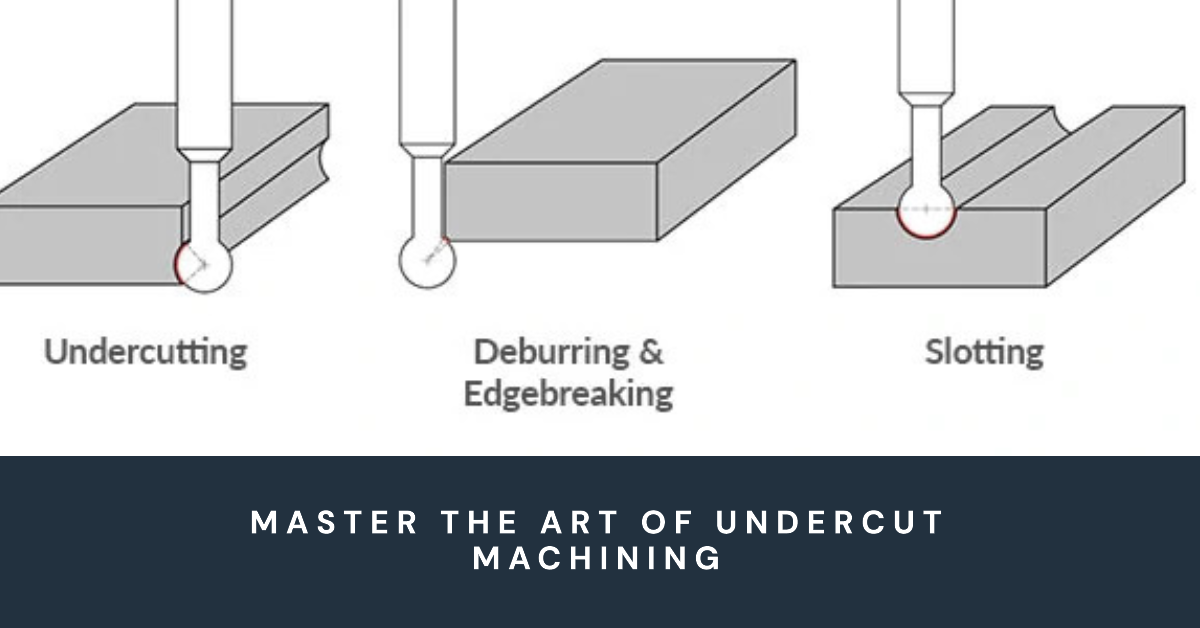
Undercutting may become complex in a few cases when it's impossible for straight machining tools to reach specific machine parts. These machineries cannot access the recessed aspects created for undercut parts.
That's where standard undercuts can be performed using end mills like slot and lollipop cutters. Traditional tools are not quite efficient for such areas due to their shape. So, companies involve this equipment since they have unique designs that help them access the machine parts for an undercut.
Both slot and lollipop cutters are uniquely designed for the undercut machining process. These cutting tools have narrow shafts along with wider ends.
Lollipop cutters come in various wrap angles. A narrow-necked cutter provides larger wrap angles, shaping a spherical end and enough clearance. The wrap angles may be from 220 to 300 degrees. On the other hand, thick-necked cutting tools are less efficient. They provide small wrap angles and less clearance, increasing stability and rigidity.
For curved undercuts, round-tip lollipop cutters are more satisfactory. These tools can also be used to deburr edges. In addition, lollipop-cutting machines act as a multi-directional cutting knife. These end mills work more efficiently but are expensive.
Slot knives are flat-tipped, whereas lollipops have a round tip that helps structure curved surfaces. The average distance of the tip from the shaft can be compared with the distance between the machinist and the overhanging surface. The grooving or lollipop cutters can also be used to break the edges of the workpiece, mainly the underside.
Slotting and lollipop cutters are designed as convenient tools for undercuts. Despite several advantages, it also has a disadvantage: most computer-aided manufacturing software lacks the basic algorithms required to support cutters. CAM software can be used for cutting tasks, but it requires G-code or manual machine operating for such purposes.
Along with other versatile tools, undercutting end mills are also designed to perform a variety of tasks. Undercutting end mills have cutting edges at the sides and bottom to remove unnecessary materials.
Another tool for machining keyways is the keyway cutter. It machines the keyways from the sides and the bottom to produce a fine, precise, and accurate keyway. It also involves a single-pass operation.
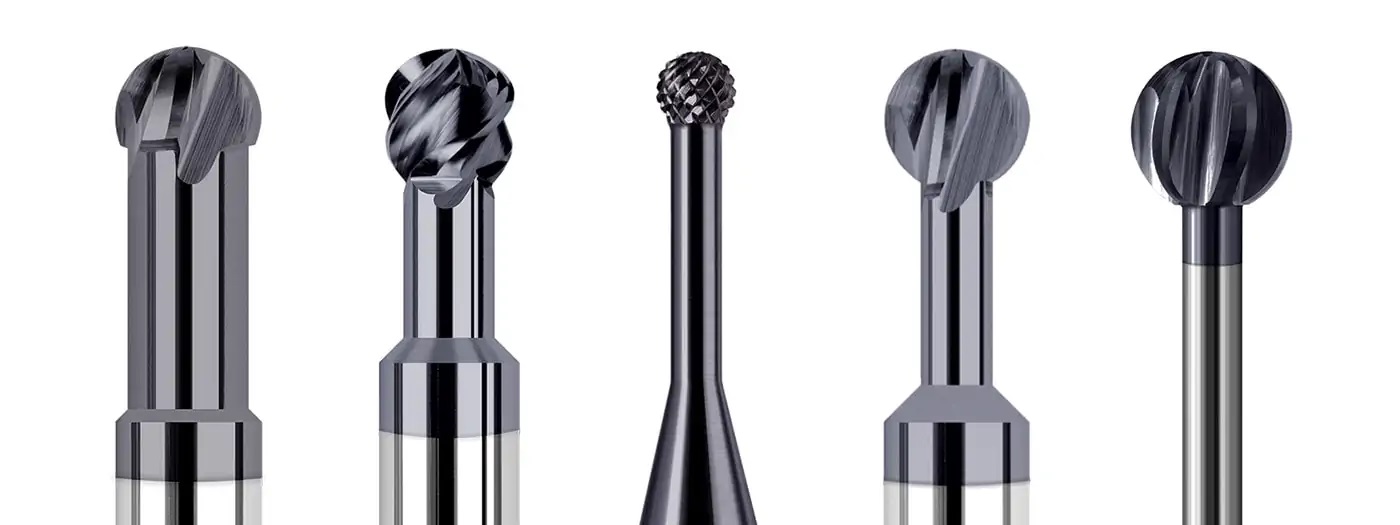
Although creating a product of an intricate nature is challenging due to different features, thus, there's a need for special tools and methods to achieve a perfect undercut. Check out how you can enhance your undercut machining process:
If you want to make a perfect undercut, select the right machining tool to get the job done. What type of undercutting tool you need depends on the size or shape of the product and workpiece material.
Achieving a perfect shape isn't possible without a CNC machine. Dealing with shaping complex geometries like undercuts and precision as well as control. You can follow the parameters to execute the machining process with precision.
Clamping the workpiece tightly on the machine table is important for a well-organized product. If the workpiece is movable, the tools won't ensure accuracy, resulting in defects.
When you've executed the machining process, assign the workforce to monitor it to achieve the desired end product. Once the workpiece is secured, tools fixed, and machining operations started, ensure to monitor so you obtain an accurate undercut.
Custom tools take much time and money for an undercut; therefore, avoid using these single-use tools. Instead, use standard undercut features for easy and quick machining. Custom tools need a cut of 15° to create an interlock that may not exist, whereas, for a traditional cut of 45°, machine cutting becomes easier.
When you aren't aware of the right process, you can't create a product. So, work with CNC professionals. They have the expertise to use the right tools and handle even the trickiest tasks.
If you are not sure whether you're creating the right undercut design, seek help from the professionals for proper guidance. It may reduce errors and ensure high-quality undercut manufacturing.
Undercut machining allows unique cuts to provide clearance for cutting tools.
When you’ve to carry out the machining process, choosing the right type of undercut is important. All of this depends on the technical requirements. Here’s what to check
● Undercut type
● Standard tool angle
● Cutting width
● Depth
Here are three types of undercuts performed during the machining process:
The vertical shaft connecting to the horizontal blade makes the entire t-slot. This cutting tool cuts the workpiece vertically and horizontally to create a T-shaped cut. You'll see a variety of t-slot widths available.
A cutting tool consisting of an angled blade is a dovetail for creating undercuts. It cuts into a dovetail shape, where its top is thin, and its bottom is broader. It comes in angles ranging from 45 to 60 degrees. Also, angles of 10 degrees as well as 120 degrees are available.
This undercut isn't necessarily used in the machining process. It is different from both t-slot and dovetail shapes. Its cutting tool cuts much deeper than the original undercut, forming symmetrical shapes.
No matter what the standards are, the precision, efficiency, and reliability of products have paramount importance. If you're willing to obtain high-quality components, use CNC machines to achieve the utmost precision and excellence in geometries. Whatever industry you're from, CNC machining meets your needs.
Obtaining optimized symmetrical structures and improving dynamic performance has become easy with double-column matching. When it's time to tackle heavy materials, including the fields of metallurgy or shipbuilding, you need high power, torque, and precise and efficient machining to improve performance and quality.
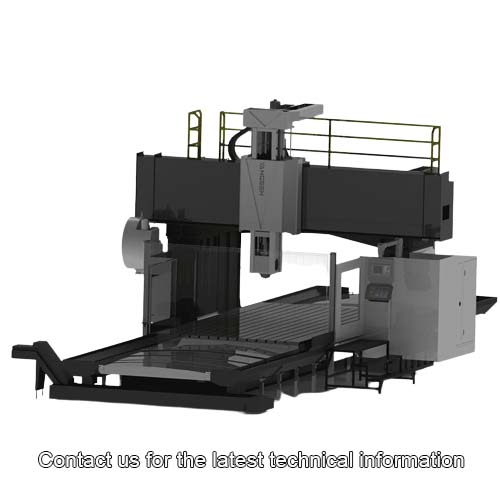
There's nothing better than a cost-effective and eco-friendly machine that executes operations and maintains the structural integrity of the product. The CNC machining center has a spindle in horizontal orientation. When the machine cuts and refines the material, it throws the chips away, so you don't have to clean the workspace.
In addition, it consists of a T-design, a worktable (rotating structure), a standard configuration, and a motor. This motor operates at a high speed, helping wind up the process quickly.
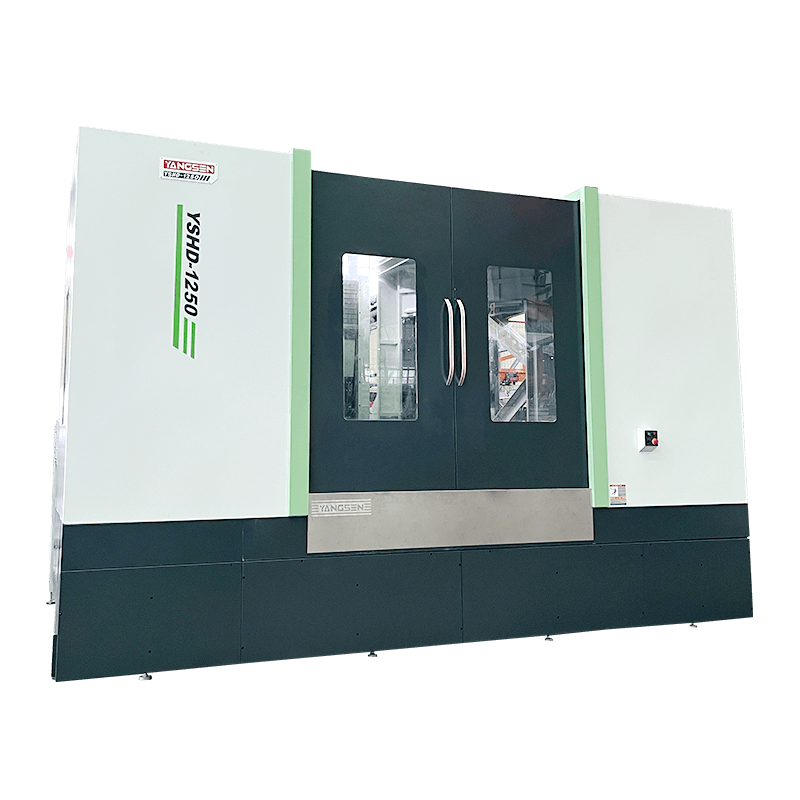
You want to optimize the up-time moving columns there to save time and reduce production costs. Machining more than one workpiece at a time is possible in this double gantry. Thus processing highly precise and finished products efficiently.
Is it getting demanding to handle cutting? CNC machining center box involves ultra-high precision and rigidity in its processes. Its speedy spindles perform multi-tasks through the machining system, optimizing the time.
When high precision is the priority in designing complex geometry and handling system drives or motors, the Vertical machining center works perfectly. It's batch production work on multiple procedures like clamping and adjusting. This machine series fits the automotive, electronics, or military industry.
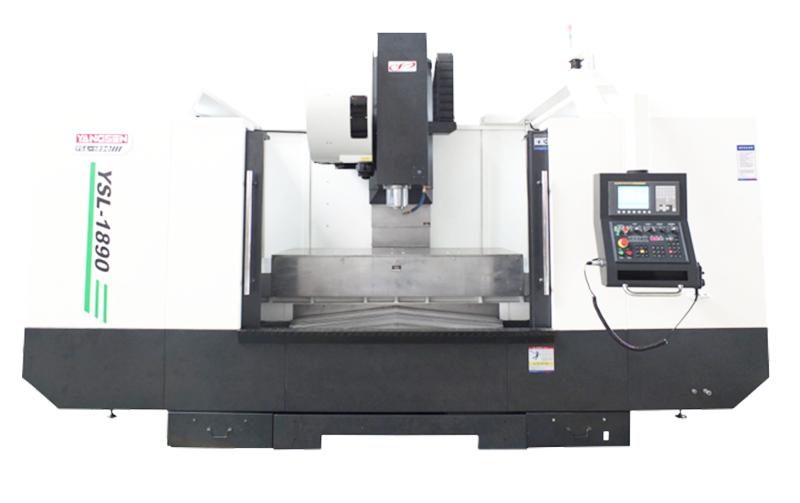
If you can carry your manufacturing with CNC machines, why is there a need for undercut machining? CNC machines perform the undercutting process. Its main purpose is to interlock components for fitting and assembling them. Also, undercuts are important for systems with fluid conduits because they develop fluid and gas pathways.
One of the critical aspects of manufacturing is undercuts. When components aren't functioning well, undercut plays its role.
Manufacturing keyways for shafts and gears is possible through undercuts. These keyways produce torque, preventing rotation between two components.
Besides this, another automotive component is O-ring grooves. Undercuts produce these grooves to seal parts so the fluids or gasses don't escape. Grooves with precise shape acts as an effective seal.
When it comes to electronics production, undercut machining makes connectors and housings. T-slot undercuts of connectors secure the parts while relief undercut of housings makes a clear assembly for other components.
Aerospace components have intricate geometry and must be lightweight. Since it has to be resistant to environmental factors, you can't compromise the strength. So, to maintain the structural integrity, undercuts remove the undesirable materials.
Also, you fix wirings or tubings in aerospace parts that have grooves to secure them. Grooves align and protect the wiring or tubing, along with reducing the weight.
Undercuts eliminate unnecessary material to decrease the weight of aerospace parts. Reducing the component's weight is critical to saving fuel for a lifetime.
Undercut machining is a complex method in product manufacturing industries. Many recessed surfaces are formed in this process that are inaccessible using traditional cutting equipment. It plays a crucial role in assembling, functioning, interlocking parts, and making channels for liquid and gasses. Undercut end mills are used in specified ways to machine complex and inaccessible workpieces.
With the help of a CNC machine, it's quite simple to monitor the machine and create a precise undercut. No matter if you build automotive components, medical or electronic devices, or aerospace parts, the art of undercut machining is the basic need for high-quality component production.